Retro Replay Review
Gameplay
Indiana Jones and His Desktop Adventures offers a concise, pick-up-and-play experience that embraces casual gaming sensibilities. The top-down perspective gives you a bird’s-eye view of each environment, making navigation intuitive and allowing for quick assessments of danger zones and item locations. Players guide Indy through a series of randomly generated maps, ensuring that no two adventures feel exactly the same. From the moment you choose the world size—small, medium, or large—you’re shaping how long and involved your expedition will be.
At the core of gameplay is a blend of combat, puzzle-solving, and exploration. Indy’s trusty whip serves as the primary tool for disarming traps, attacking weaker foes, and swinging across chasms. In tougher confrontations, he can pick up a pistol or other weapons temporarily scattered throughout the world. A simple health meter tracks your vitality, and careless hits from hostile desperados or Nazi agents can send you back to town for a fresh start. This low-stakes revival system encourages experimentation and keeps frustration to a minimum.
Puzzles range from simple key-and-door combinations to more involved artifact retrieval quests, such as assembling a broken idol or deciphering a short riddle. Although these challenges never feel overly complex, they strike a good balance, offering a mental break from the hack-and-slash action. Finding hidden items and treasures scattered around temples, caves, or the town of Lucasio provides additional motivation to scour every corner of the map.
The game’s random-generation mechanic is the standout feature of its gameplay loop. While defined locations like Lucasio retain a familiar layout, the connecting pathways, enemy placements, and artifact locations shift with each new run. This unpredictability grants Indiana Jones and His Desktop Adventures high replay value for anyone who just wants “one more run” during a coffee break or commute.
Graphics
Visually, the game embraces a minimalist, sprite-based aesthetic that fits perfectly within the “desktop adventure” concept. Characters, items, and environmental elements are rendered in simple, colorful pixel art that loads instantly and never bogs down system resources. The nostalgic charm of the graphics is sure to appeal to fans of late-’90s PC titles, where function often took precedence over high-end visuals.
Terrain types—ranging from dusty town squares to dense jungle foliage and rocky cave interiors—are distinguished by clear tile sets. While textures are not highly detailed, they’re unambiguous, so you always know if you’re stepping on spike traps or standing atop a treasure chest. Enemy sprites are equally straightforward; you can immediately recognize a bandit, a snake, or a brash Nazi soldier at a glance.
Animation is kept to a minimum, with simple walk cycles, whip cracks, and weapon firings. There’s no elaborate flourishes or cutscene cinematics, yet this simplicity works in the title’s favor. The understated visual approach reinforces the rapid-fire nature of desktop play and helps the game run seamlessly even on older hardware.
Subtle touches—like flickering torchlight in temples or a swaying palm frond in Lucasio—add just enough atmosphere to immerse you in Jones’s 1930s world. Although modern gamers accustomed to photorealistic 3D might find the visuals rudimentary, they remain serviceable and charming, perfectly complementing the game’s quick-session promise.
Story
The narrative framework is deliberately loose, geared toward supporting short bursts of adventuring rather than a deep, linear storyline. You arrive in 1930s Mexico on the trail of a lost artifact, only to find the locals of Lucasio friendly but the surrounding wilds rife with Nazis, desperados, and deadly creatures. This setup plays more like an episodic pulp fiction chronicle than a fully voiced blockbuster tale.
Major plot beats—finding half-buried statues, thwarting Nazi patrols, escaping collapsing ruins—unfold procedurally. There are no elaborate cutscenes or lengthy dialogues; instead, tiny bursts of text inform you when you discover a new relic or trigger a story event. This brevity keeps the pace brisk, though it can feel thin for players looking for a more cinematic Indy experience.
Character interactions consist of terse exchanges with Lucasio’s townspeople and occasional notes left by drifters or enemy operatives. While these snippets flesh out the world a bit, they rarely leave a lasting emotional impact. The emphasis remains squarely on action and exploration: you’re here to find treasures and outrun baddies, not to unravel an intricate moral drama.
Still, the setting captures the adventurous spirit of the Indiana Jones franchise. The game nails the sense of being one step behind the bad guys, always racing against time and tide to secure the next relic. If you approach the story as a lighthearted backdrop to your desktop-sized escapades, it more than delivers on its promise.
Overall Experience
Indiana Jones and His Desktop Adventures excels as a bite-sized adventure that slots neatly into short breaks or low-commitment gaming sessions. Its randomization system ensures that each playthrough feels fresh, and the casual difficulty curve means you can experiment with different strategies without too much frustration. It’s the perfect desktop diversion for fans of action/adventure who want a quick treasure hunt rather than an all-night gaming marathon.
Where the game stumbles is in its simplicity. Players seeking detailed narratives, complex combat mechanics, or cutting-edge graphics may feel underwhelmed. There’s no skill tree to master, no branching story arcs, and no high-end visual spectacle. Yet for those who appreciate straightforward adventuring paired with a dash of nostalgia, the trade-offs are more than acceptable.
Replayability is surprisingly strong thanks to its procedural world generation. Even after dozens of runs, you’ll still uncover new map configurations, hidden items, and random enemy placements. This keeps the core loop from growing stale too quickly, though at some point you may long for a more structured storyline or deeper character progression.
In the end, Indiana Jones and His Desktop Adventures is best viewed as a digital equivalent of a short comic strip or a coffee-table puzzle: quick, fun, and never too demanding. It won’t replace your favorite blockbuster titles, but it does carve out its own niche as an ideal lunchtime adventure, capturing the charm of Indy’s quests in a delightfully compact package.
 Retro Replay Retro Replay gaming reviews, news, emulation, geek stuff and more!
Retro Replay Retro Replay gaming reviews, news, emulation, geek stuff and more!
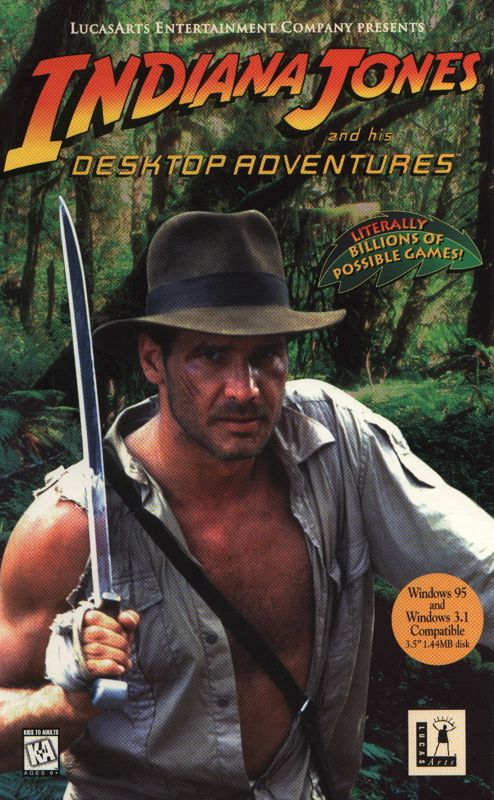
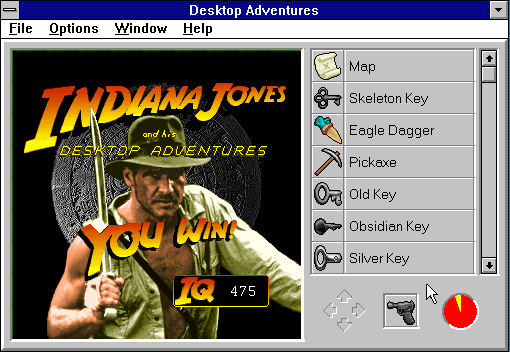
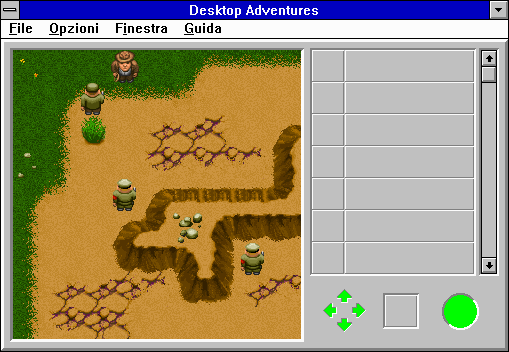
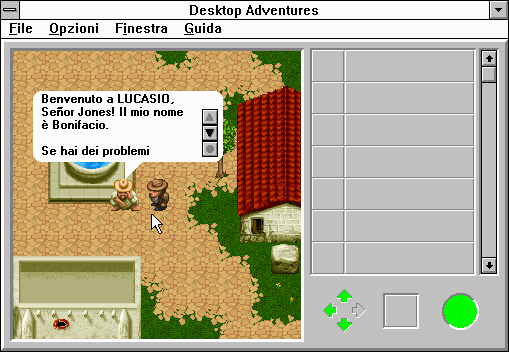
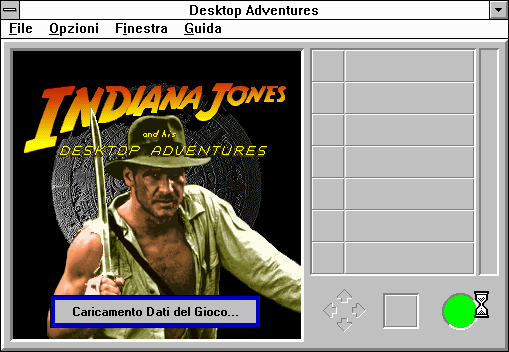
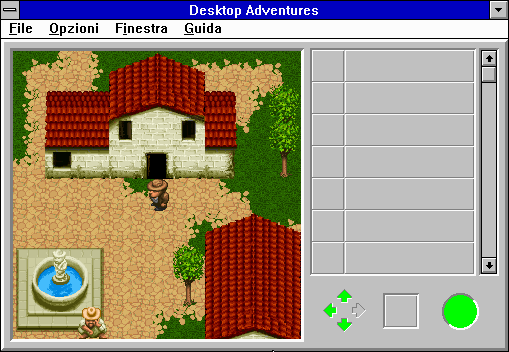



Reviews
There are no reviews yet.